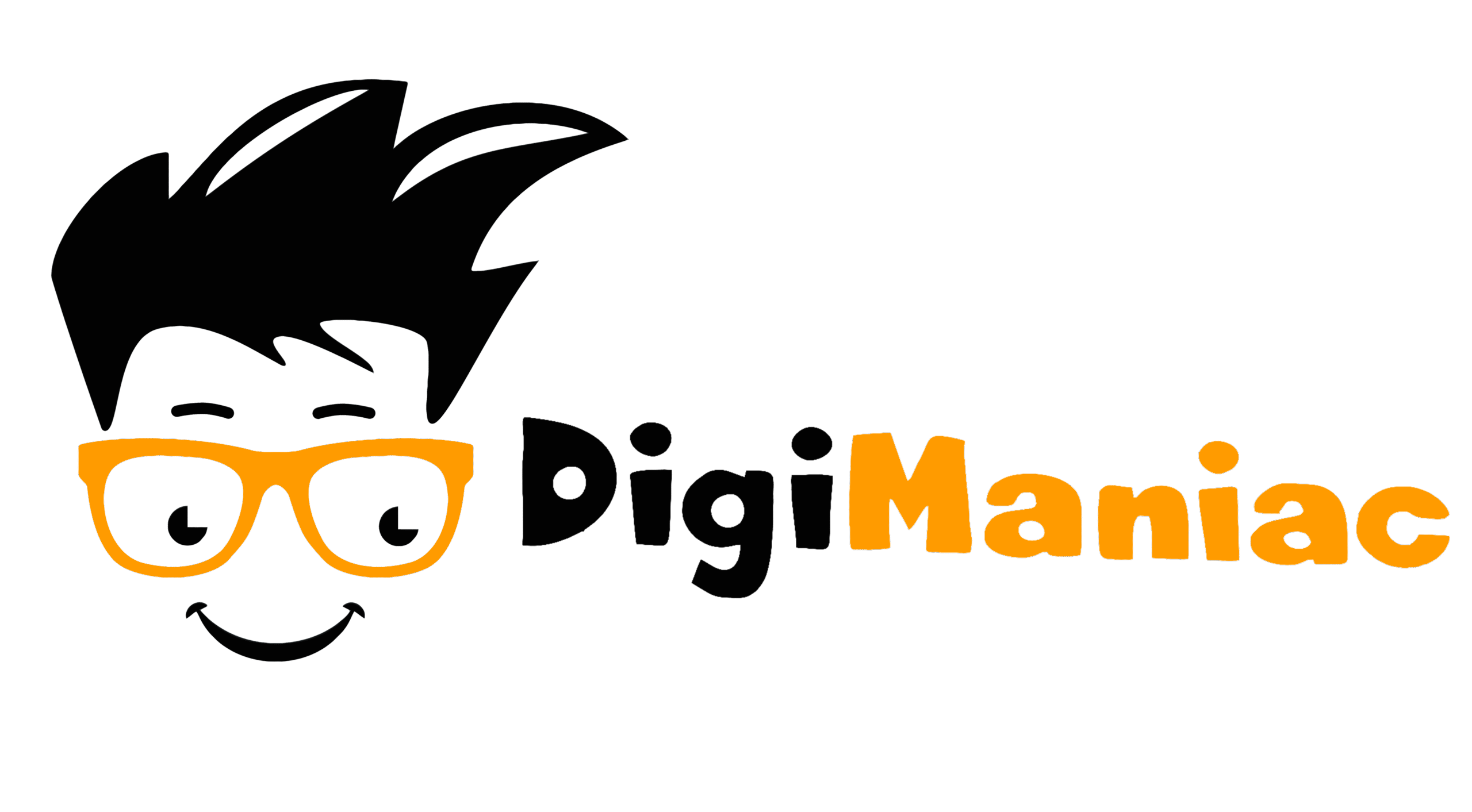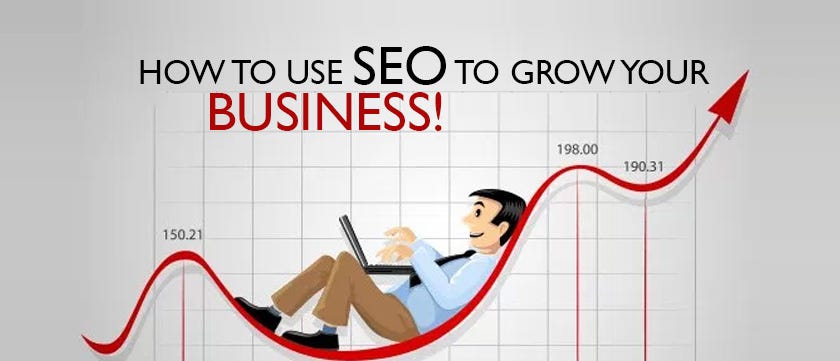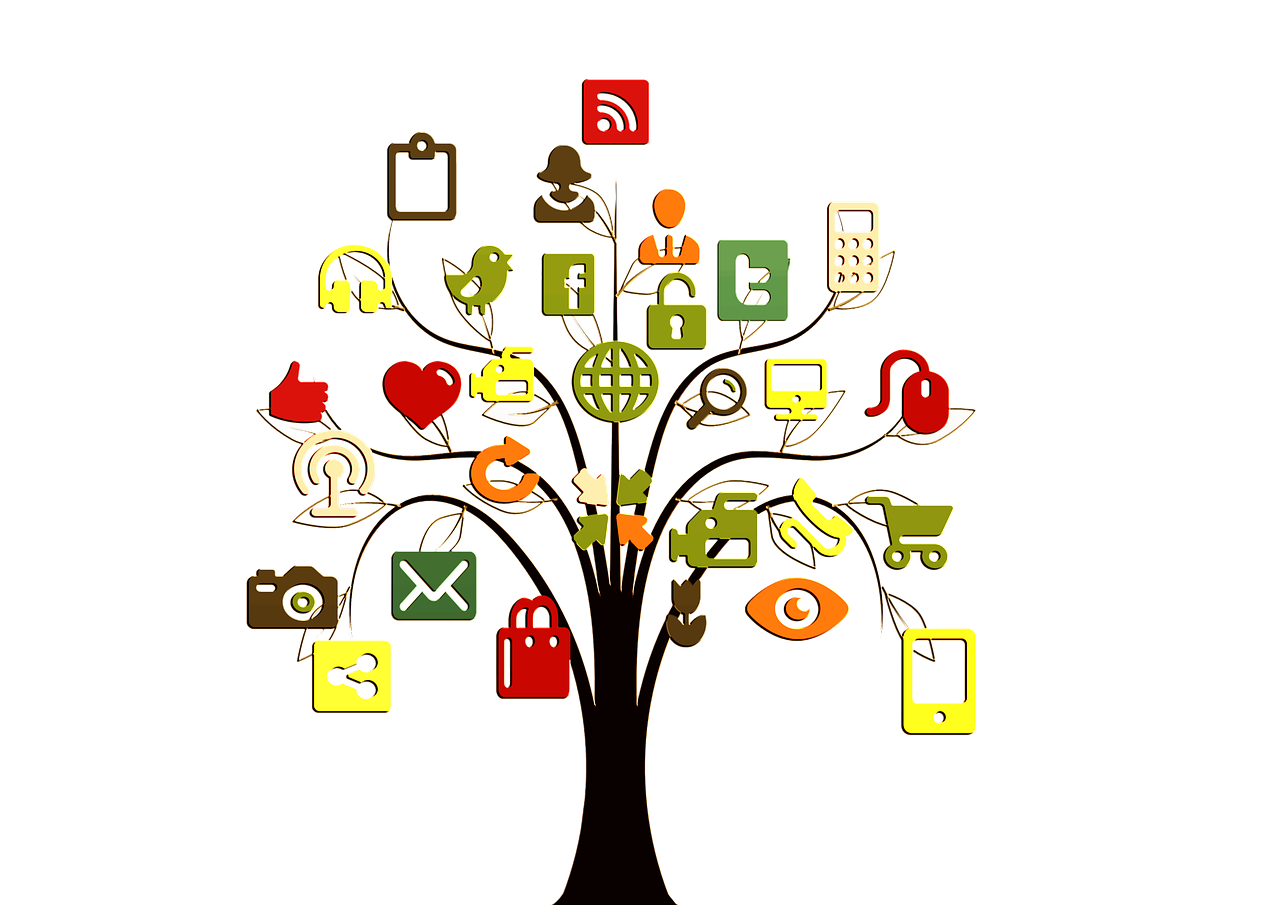Today, freelancing has become such a career option that it can be more flexible and rewarding than a full-time job. Freelancing simply means – you are not a permanent employee of any company, but you work independently for clients, on a project basis.
By 2025, the freelance trend is expanding further, making it a desirable reputation more often in the creative sector, such as digital marketing, graphic design, and video editing.
If you have any specific skills and you want to work for online clients, then you can become a freelancer. Freelancing is not only for experienced people; beginners can also start it, they just need a little hard work and direction.
In this blog, we will cover the whole journey – how to learn skills, how to get clients, how to avoid mistakes, to build a successful freelance career.
Why Choose Freelancing in 2025?
The biggest benefit of freelancing is freedom – you can work from anywhere, according to your time. You do not need to go to the office, nor do you have to run after the boss.
In 2025, remote work and the gig economy gained a lot of popularity. The reason companies are utilizing freelancers in place of full-time employees is that they are inexpensive and also quick.
Freelancing is in great demand in creative fields like graphic design, social media management, content creation, and video editing. You can start part-time and slowly build a full-time income from it.
And the best part? You choose your own work and do as much work as you want. Total control, total freedom.
Skills You Need to Start Freelancing
To start freelancing, you first need to learn a skill — one that solves a problem or helps a business.
Top freelancing skills in 2025:
- Digital Marketing (Google Ads, SEO, Social Media Marketing)
- Graphic Designing (Social media creatives, Logos, Branding)
- Video Editing (Short-form reels, YouTube edits, ads)
- Content Writing / Copywriting
- Web Development / UI-UX Design
Technical Skills: Depending on the niche, you will need to study tools and software, such like Canva, Photoshop, CapCut, Premiere Pro, Google Ads, etc.
Soft Skills: Time management, communication, taking feedback, handling clients — all these are equally important.
Start with one skill, practice daily, and improve by working on mock projects.
Decide Your Niche
You will be successful in freelancing only when you choose a clear niche. Niche means – what type of clients you will work for and what service you will specialize in.
Examples of Niches:
- Social media marketing
- Logo design for startups
- Short-form video editing for influencers
- Facebook Ads for local businesses
By choosing a niche, you will be able to target a specific audience, and your value also increases in the eyes of the client.
Select your niche like this:
- What is your interest?
- Is there a demand for it in the market or not?
- Do clients easily get into that niche?
- Being clear with the niche will enable you to be able to do branding, portfolio, and marketing around it.
Tools You’ll Need to Get Started
To start freelancing, you will need a basic setup:
- A laptop/PC (medium range will also work)
- Reliable internet connection
- And some essential software/tools based on your niche
Niche-wise Tools List:
For Graphic Designing:
- Canva
- Adobe Photoshop, Illustrator
- Figma (for UI design), etc.
For Digital Marketing:
- Google Ads, Meta Ads Manager
- Google Analytics, SEMrush, Ubersuggest
- Mailchimp (for email marketing), etc.
For Video Editing:
- CapCut (basic to pro editing)
- Premiere Pro
- Aftereffects
For communication:
- Gmail (for email clients)
- WhatsApp Business (quick chat)
- Zoom / Google Meet (video calls)
Learning and using these tools well will determine the quality of your work. Start simple, then gradually upgrade.
Create a Portfolio (Even If You’re a Beginner)
Portfolio is a freelancer’s digital resume, where you showcase your work. Clients decide whether to hire you or not only after looking at your portfolio.
If you are a beginner, don’t worry — you can create a portfolio by creating mock projects.
What should be in a portfolio?
- 3–5 sample projects (real or mock)
- Your name, contact info, and services
- Tools/software you use
- Client testimonials (if any)
Portfolio-making tools:
- Canva: PDF portfolio making tool
- Google Drive: Free & shareable folders
- Linktree: For content writing portfolio
- Behance: the best platform for designers
- Wix/WordPress: If you want to make your own website
You have to show your best work in your portfolio — quality over quantity.
Set Your Prices the Smart Way
Deciding on pricing in freelancing is a bit tricky — neither charge too much nor too little.
2 Common Pricing Models:
- Hourly Rate – When the exact duration of the work is known
- Project-Based Pricing – When the entire project is defined
Tips to decide on pricing:
- Do market research: See what other people are charging on Fiverr/Upwork
- Check your experience & skill level
- Understand the client’s budget
- Focus on value-based pricing
Common mistake: Keeping a very low price just to attract clients — this undervalues your work.
If you are a beginner, keep it a little low, but definitely increase it after a level. You can give an “intro offer”, but clearly tell that it is for a limited time.
How to Find Freelance Clients (As a Beginner)
Now the most important part — where to get clients from?
Finding clients can be difficult in the beginning, but if you use the right platforms and strategy, you will definitely get the job.
Best Platforms for Beginners:
- Fiverr – Gig-based system, you can get clients from there.
- Upwork – Proposal-based platform, a little competitive
- Freelancer.com – for Global projects
Other ways to find clients:
- Begin to start posting your work to Instagram, LinkedIn, Behance, or YouTube.
- Join Facebook groups ( like Freelancers India, Clients & Projects)
- Word of Mouth – Tell friends and relatives what you do
- Cold Emailing / DMing – Direct contact with a short pitch, also you can add a portfolio link.
Pro tip: Once you get 3 clients first, the magic of referrals, repeat work, and testimonials begins.
Frequent mistakes of new freelancers and how to avoid them
Whenever a beginner starts freelancing, there are some common mistakes that slow down their growth, or sometimes even demotivate them from freelancing. It is very important to avoid these.
Common Freelancing Mistakes:
Taking work from every client (Fear of missing out)
- Freelancers think that if they refuse a client, they will not get another one. For this reason, they accept every job, even if the rates are low or the deadline is impossible.
- Undervaluing their work (doing work for free or more work at a very low price)
- In the beginning, people say, “Give the project for free, and the portfolio will be made,” – but in the long term, this habit keeps you away from serious clients.
Poor Communication Skills
Not using professional language, not replying on time, or not setting expectations clearly – all these break trust.
No Deadline Discipline
Not submitting the project on time or mentioning a delay at the last moment, you become unreliable in the eyes of the client.
Not understanding Scope Creep
When the client starts adding new things in between the project without talking about extra pay that is called “scope creep”. If you agree to this, you end up overworked and underpaid.
No Contracts / Written Proof
Taking work over Whatsapp chats and not getting written confirmation can land you in payment issues.
No Focus on Learning
Many freelancers stop learning after getting to work. But the freelancing world is evolving fast – new tools and new trends are coming day by day.
How to Avoid These Mistakes:
- Make a clear proposal or contract and get the job done
- Set what you are going to charge, and do not agree below that.
- Fix deadlines, revisions, and payment terms at the start of the project
- Create a weekly learning routine (YouTube, podcasts, blogs, courses)
- Keep a written record of every task
Ways to Quickly Become a Successful Freelancer
Success comes slowly in freelancing, but if you follow a smart strategy then this process can also be fast. Here are some powerful tips that can give you early success:
High-Impact Tips:
- Choose one service and become an expert in it. “Jack of all trades” doesn’t work in freelancing. Focused service builds trust.
- Post consistent content. Start showing your work on Instagram, LinkedIn, Behance, or YouTube. Consistency = visibility = clients.
- Practice daily, even without clients. Create mock projects even if there is no client work. This builds both your confidence and portfolio.
- Join freelance communities. Telegram groups, Discord servers, Facebook groups, industry-specific communities on LinkedIn — these provide the most networking and opportunities.
- Offer Trial Projects Wisely. Don’t do free work, but attract clients through offers.
- Upskill Every Month. Aim to learn a new tool or concept every month. Freelancers who upgrade get paid more.
- Give experience to the client, not just service. A good onboarding email, timely delivery, and feedback process — everything makes the client feel valued.
How to Grow from Freelancer to Business Owner
When you start taking on consistent projects, start converting freelancing into a systematic business, where you have a process, a team, and a growth plan.
Steps to Scale Your Freelance Career:
Outsource Repetitive Tasks
You can outsource work like editing, thumbnail design, and basic copywriting to other freelancers, and you can focus on client-facing work.
Offer Monthly Packages & Retainers
Create a fixed income every month, not a one-time project.
Example: ₹15,000/month for 15 reels + 10 creatives + 5 captions
Create a Team
When the work becomes too much, hire a part-time or full-time team: Designer, editor, content writer, assistant, etc.
Start Your Agency Website
Create a professional website for branding that has services, testimonials, and contact forms.
Use Automation Tools
Use tools for invoicing, emails, and project tracking like Trello, Notion, Google Workspace.
Register Your Business
You can go to the official agency model by registering for MSME registration, GST, and a business name
These steps turn you from a freelancer to an entrepreneur, where you create your own brand, and also give work to others.
Conclusion
Freelancing has become a powerful career in 2025 — especially for those who want a flexible life, creative work, and high income. In this blog, we saw: What is freelancing and how to start it, What skills and tools are needed, How to find clients and avoid mistakes, How to grow from solo to business, etc.
If you are a beginner, start now. Find a skill, build a portfolio, and start client hunting. Freelancing is a marathon, but if done smartly, it can change your life.
If you need hands-on guidance in freelancing, Digimaniac’s digital marketing, graphic design, and video editing courses in Kurukshetra are perfect for you.
- Practice on real client projects
- 1-on-1 mentorship
- Freelance portfolio building
- Career support & networking
Contact us today to start your freelance journey with expert guidance! www.digimaniac.in
Also read:



